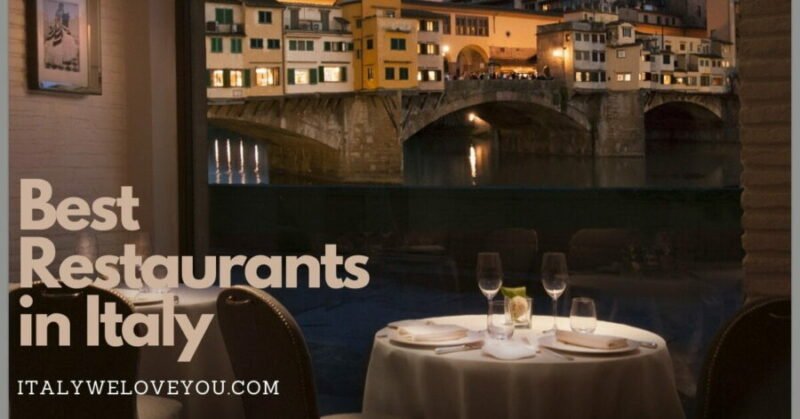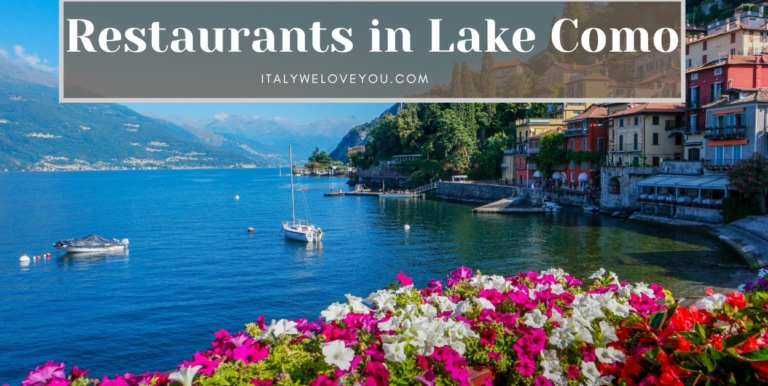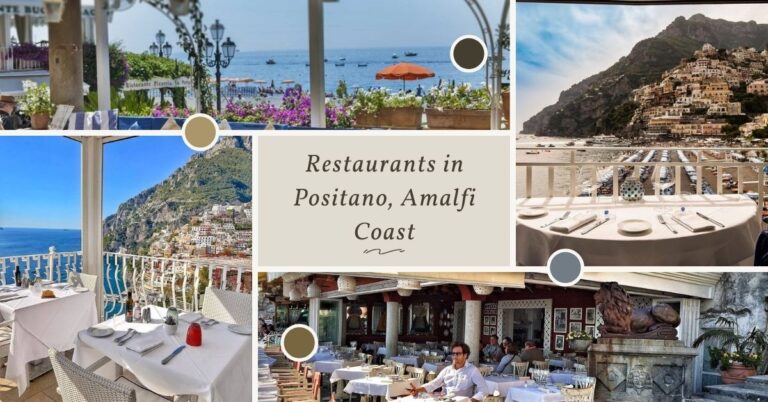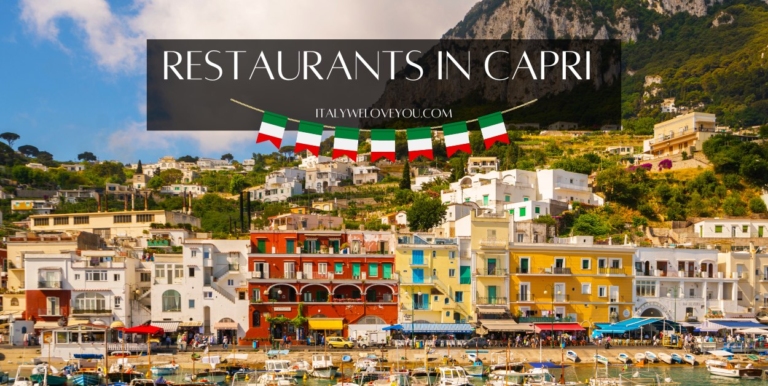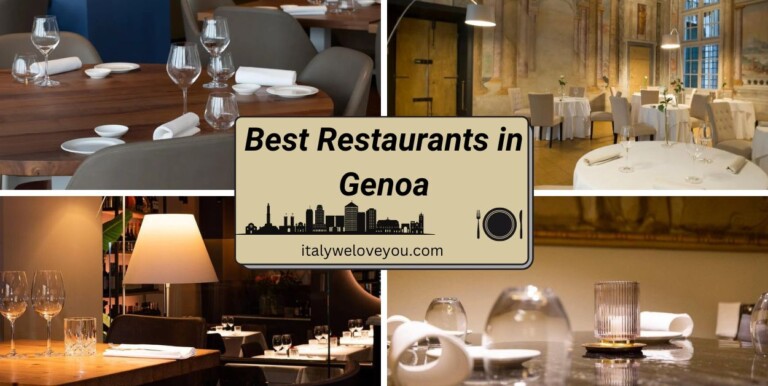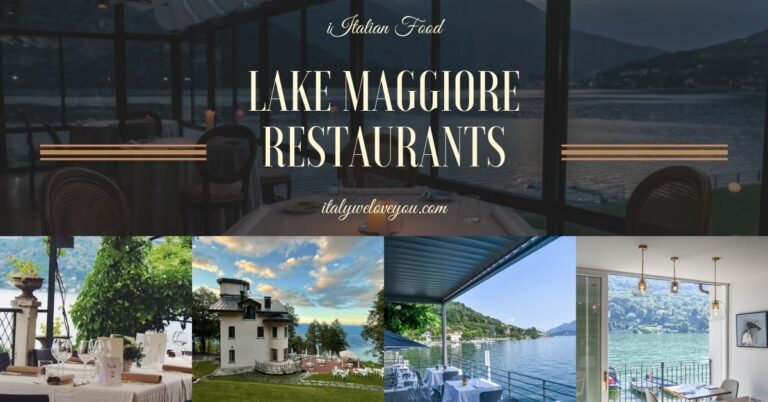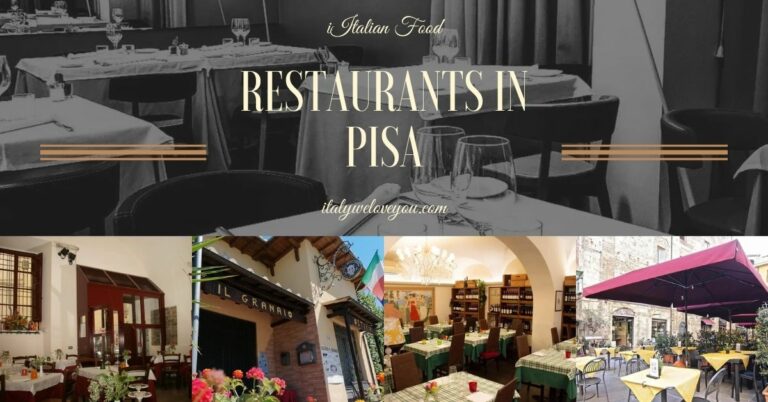The 10 Best Restaurants in Italy
Italy is famous worldwide for its food and refined cuisine, among the best ever. In addition, each region has its own gastronomic specialties, and food often becomes culture and not just nourishment.
In Italy, you eat well everywhere, and there are many restaurants where you can find gastronomic excellence. However, there are two characteristics that the best restaurants have in common: territoriality and seasonality. The dishes inevitably rotate according to the seasons in a cuisine linked to the territory. They are dishes that express the ability to use local products best.
Traditional Italian dishes can be enjoyed in award-winning restaurants scattered throughout Italy. In these renowned restaurants, the recipes and dishes of the Italian tradition are interpreted and elaborated “artistically” by the chefs’ inspiration. True works of art are created with passion and a personal touch, combining creativity and experimentation.
Read also: Famous Italian Chefs.
Some re-propose tradition, focusing on raw materials and offering quality express dishes with a constant rediscovery of the Mediterranean diet. Some add the shop to the restaurant. Some focus on contamination and innovation, surprising the palate with a mix of new and familiar tastes, and those, on the other hand, on traditional cuisine. However, creativity and the ability to stimulate all the senses remain the heart of haute cuisine, able to offer excellent dishes.
Here are some of the best restaurants in Italy. These are obviously restaurants with very high prices, in the name of the high quality offered.
Osteria Francescana
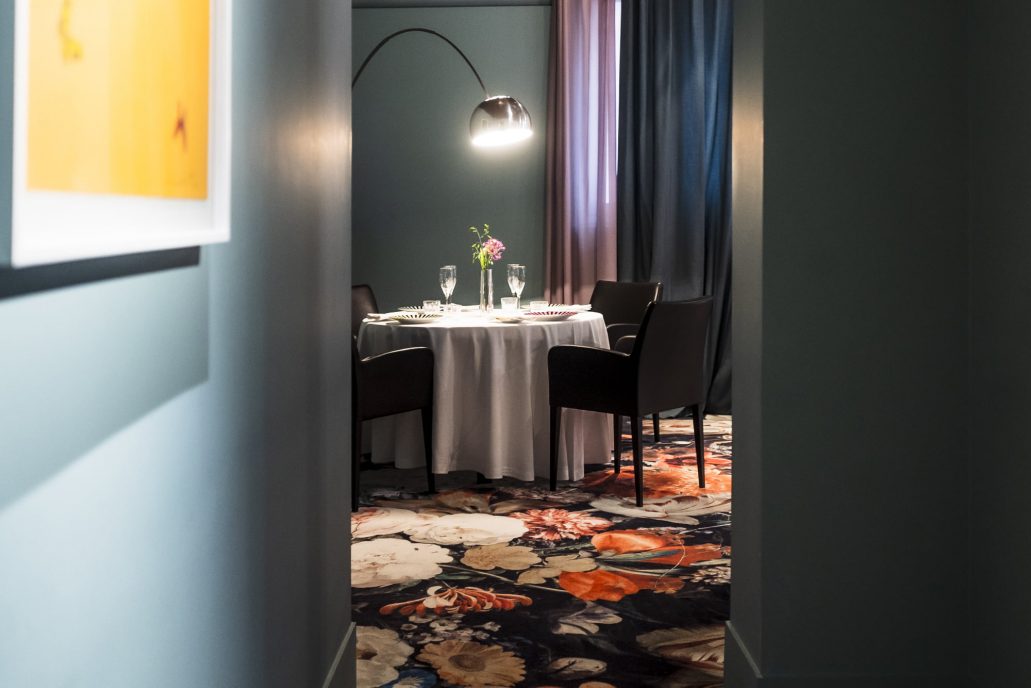
Via Stella 22, Modena
The most famous restaurant in Italy is located near the church of San Francesco (hence the name). It is a restaurant with traditional and contemporary cuisine at the same time, serving Emilian dishes revisited by chef Massimo Bottura, in an exclusive, intimate setting with minimal chic furnishings.
Inside the restaurant, voted the best restaurant in the world in 2018, paintings, installations and sculptures appear. It is not an easy task to book a table at the Osteria. The waiting list is long. But it’s worth it.
The dishes are innovative and reinterpret the territory and the Italian culinary tradition. What does the menu of the Osteria Francescana offer? We find, for example, the seafood salad, the crunchy foie gras in a crust of almonds from Noto and hazelnuts from Piedmont with Traditional Balsamic Vinegar of Modena; ravioli with leeks, foie gras, and truffles; tortellini in capon broth; sea bass, in hollandaise sauce; tagliatelle with ragu. Also worth trying are the five seasonings of Parmigiano Reggiano in different textures and temperatures.
Uliassi
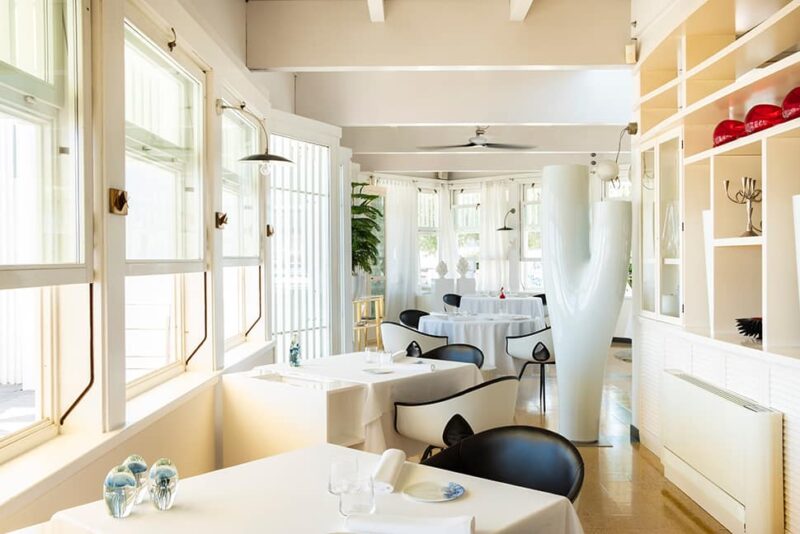
Banchina di Levante 6, Senigallia
The restaurant is located between the canal port and the beach. The environment is modern and illuminated by windows overlooking the sea. The furniture is made of white wood and the ceilings are blue, with chrome discs on the walls as if they were mirrors.
The restaurant’s cuisine is strongly linked to the Marche region, of sea and land, which is interpreted by the chef’s inspiration in a creative and territorial key. You can eat à la carte or opt for the tasting menus.
There is a creative fish menu paired with international wines. While the dish of raw beef, pear with grappa, and melted cheese combine tradition with innovation.
Among the dishes to try: fusilloni bottarga, rosemary and pistachios; monkfish in potacchio (sauce made from white wine, olive oil, garlic, rosemary); cuttlefish tagliatella with seaweed pesto; cold squeezed crab juice with molluscs and crustaceans; passion fruit soup, yogurt ice cream, pink pepper and caramelized banana; strawberry granita, cream, mascarpone and cardamom meringues.
Piazza Duomo
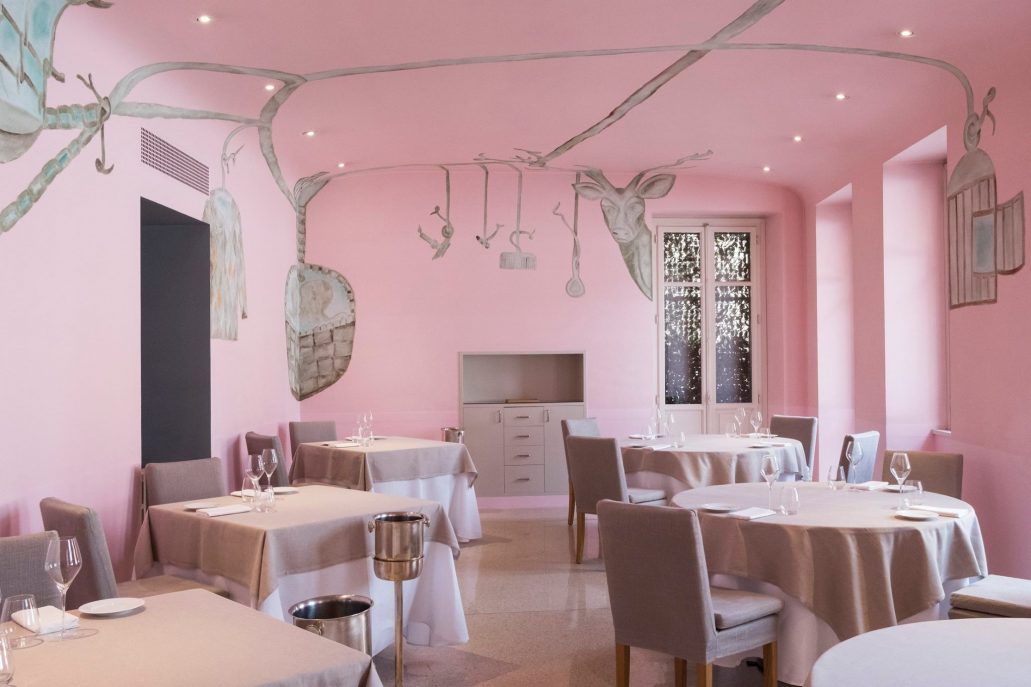
Piazza Risorgimento 4, Alba
The Piazza Duomo restaurant, led by chef Enrico Crippa, offers traditional recipes revisited by his personality, using local products, particularly from the Langhe area.
Excellent products such as Fassona meat, Tonda Gentile hazelnuts, chestnuts, mushrooms, white Alba truffles, capon, rabbit, fresh cream butter, Alta Langa potatoes, thistle from Nizza, Jerusalem artichokes, white turnips.
The restaurant uses organic products from its own garden located a few kilometers from Alba, where the chef personally goes every day to select and collect vegetables, herbs and flowers.
Among the specialties of this restaurant, we remember the raw Piedmontese veal and strawberries; raw shrimp in oil, artichokes and olives; lamb with goat’s milk, fennel and chamomile drops and, for dessert, “Matisse” panna cotta. Do not miss the cream of potatoes, quail egg and smoked Lapsang Souchong tea.
Duomo
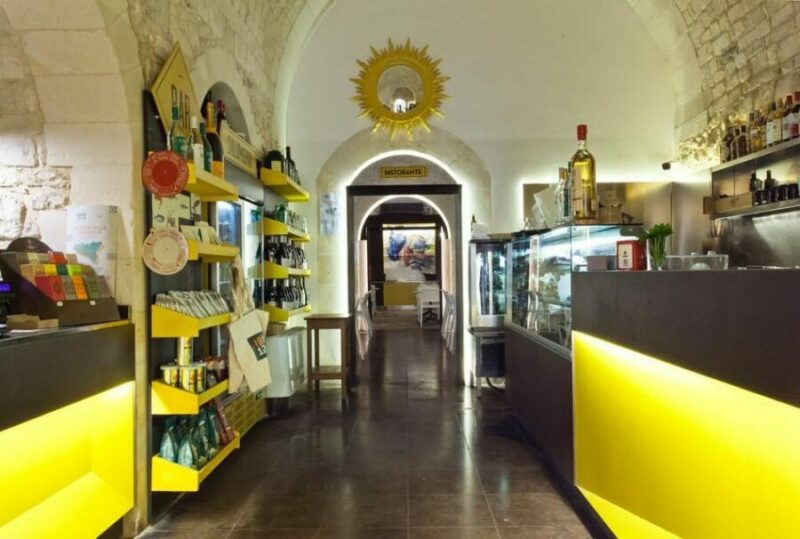
Ibla, Via Capitano Bocchieri 31, Ragusa
The Duomo restaurant offers creative Sicilian cuisine but is respectful of traditions, where the flavors of the territory remain protagonists. The place is refined, with four small rooms, with multicolored wallpapers and tables surrounded by light leather armchairs, except in the red room, where the leather is blue.
Among the representative dishes of the restaurant, we have the charcoal octopus with crunchy cuttlefish, sea cicada sauce, basil and mint; spaghetti in “Moresca Taratatà” sauce with tuna bottarga and carrot sauce; Nebrodi black pig raised in the wild, with melon sauce and Etna hazelnut meatball; lamb stuffed with dried figs and dates; Ragusan ricotta cannoli with hot prickly pear soup and almond sorbet. Lastly, the truffle ice cream is beautifully combined with Marsala “Vecchio Samperi.”
La Pergola
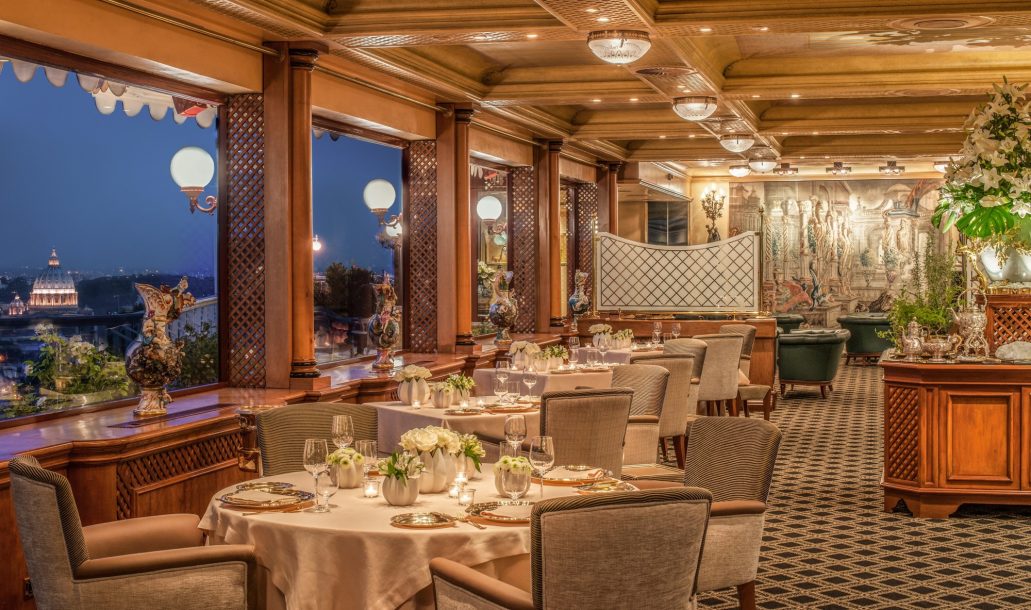
Via Alberto Cadlolo 101, Rome
La Pergola is a temple of international gastronomy, historically the first and still today the only three-star restaurant in the capital, as well as one of the most beautiful and panoramic restaurants in the world.
It is in fact located on the top floor of the Cavalieri Hilton Hotel in Rome and from this restaurant you can enjoy a unique view of the Eternal City. This famous restaurant, judged to be the best in Rome, is led by chef Heinz Beck, whose cuisine is a combination of genius and creativity.
Traditional recipes are taken care of in every detail. From the selection of genuine ingredients, the Chef creates dishes that remain linked to Italian and Mediterranean traditions. Dishes that are not only excellent in taste but also beautiful to look at.
Among the many dishes served, the amberjack marinated in white balsamic vinegar with pomegranate snow certainly stands out; pasta alla carbonara, where the egg, cheese, and cream-based mixture is placed inside the pasta itself, then seasoned with zucchini and bacon. The dessert is instead the frozen pomegranate sphere with gianduia cream and cannoli with salted pine nuts.
Le Calandre
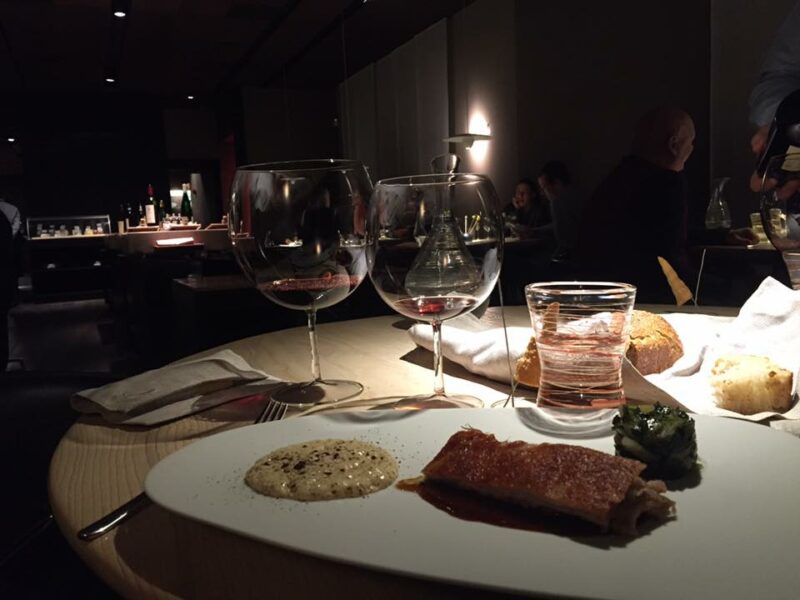
Via Liguria 1, Rubano
The brothers Massimiliano and Raffaele Alajmo carry high the name of their restaurant located in the province of Padua. Since 2003 it has been one of the Italian restaurants awarded three Michelin stars.
All the elements present in the restaurant, such as the tables, glasses, plates, cutlery and lamps, were designed by the Alajmo brothers and made in collaboration with some Italian artisans. Here there are 40 seats, with tables obtained from a single centuries-old tree from Normandy.
The menu is inspired by seasonal ingredients and customers can freely choose among the various dishes, creating a personal tailor-made itinerary of 2, 3 or 4 courses. Here are some dishes: cauliflower flake with lobster and black truffle soup; legumes, shrimps and chicory; paccheri with scampi, turnip greens, pistachio sauce and bottarga; spaghetti with beetroot; risotto with saffron, licorice, incense and artichokes.
And for dessert, mozzarella with almonds (it’s a fake mozzarella. There are oil, olives and basil, but once the shell is opened, you will find meringues, almonds, honey and sugar).
Don Alfonso 1890
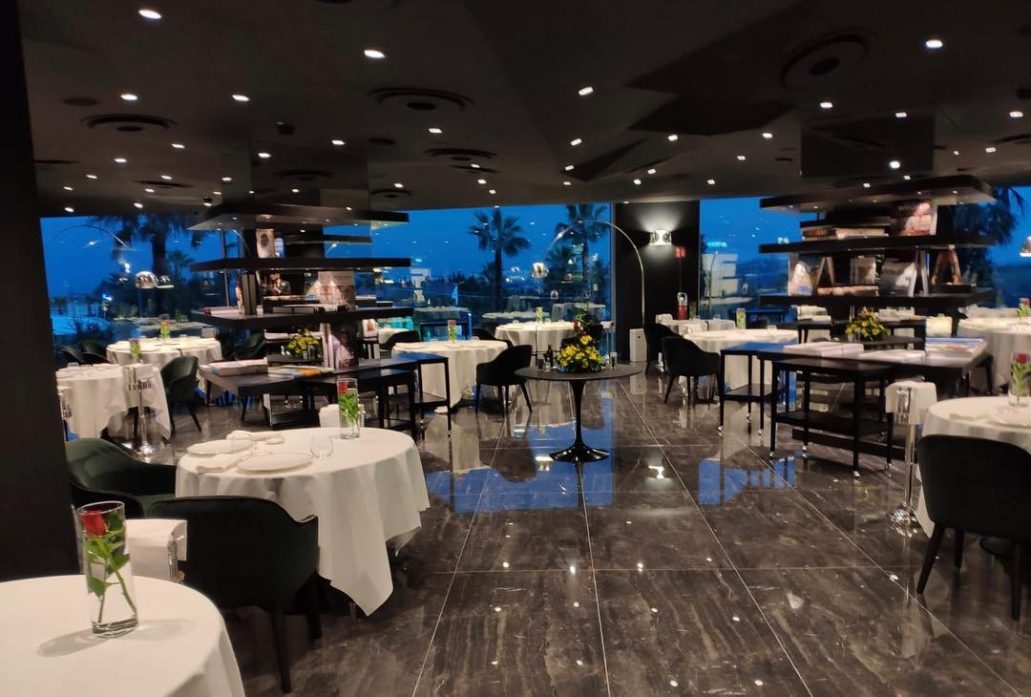
Sant’Agata sui Due Golfi, Corso Sant’Agata 11/13, Massa Lubrense
The Don Alfonso 1890 restaurant is housed in a Neapolitan palace of the nineteenth century, where the design environments have bright colors. The restaurant offers innovative cuisine while respecting the millenary culture and traditions of the Sorrento Peninsula and Amalfi Coast.
The restaurant also has a cellar created in an evocative pre-Roman passageway where over 25,000 precious bottles are kept (1300 wines from all over the world) and an aging room dedicated to cheeses.
Finally, the organic farm “Le Peracciole” produces precious extra virgin olive oil, the famous lemon liqueur, and most of the ingredients that make Don Alfonso 1890’s dishes unique.
Among the recipes: swordfish with chickpeas and thyme, mullet with rosemary and cucumber, pasta with clams and zucchini. And again: spaghetti with garlic, oil and chilli pepper with mackerel; breadcrumbs, pine nuts and caramelized onion on tuna and pine nut sauce; native black pig with crunchy skin, celery and turmeric mashed potatoes. For desserts, the Neapolitan sfogliatella with cinnamon cream prevails.
Dal Pescatore Santini
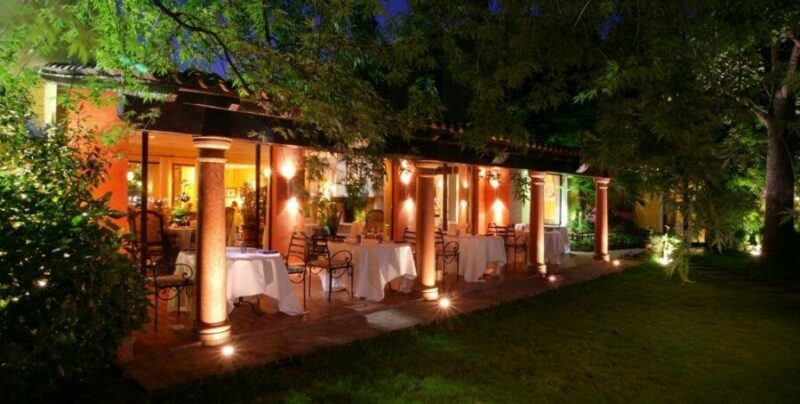
Via Runate 15, Canneto sull’Oglio
The Dal Pescatore restaurant was born in the 1920s, in the Mantuan countryside, in the middle of the Po Valley and the natural park of the Oglio River. The management of the restaurant has always been familiar by the Santini family.
The environment is elegant and well-furnished. The room, with only seven tables, is very beautiful. Here dishes are Italian but creative, with many Mantuan specialties, served in the elegant room or in the garden. The menu changes daily according to the available products on the markets.
Among the specialties of this restaurant, we find: Petit Gris snails of the plain with a sauce of aromatic herbs and sweet garlic; pumpkin tortelli with butter and Parmesan cheese (pumpkin, amaretti, mustard and Parmigiano Reggiano); risotto with goat fondue and Manuka honey with saffron; snapper with Sorrento lemon sauce and seasonal vegetables; Cappella da Prete di Aubrac with Nebbiolo wine and yellow polenta from Storo; grilled eel with green radicchio; royal hare with white truffle from Alba. Among the desserts: Amaretti cake; meringue with pistachio mousse, almonds and marsala zabaglione.
Reale
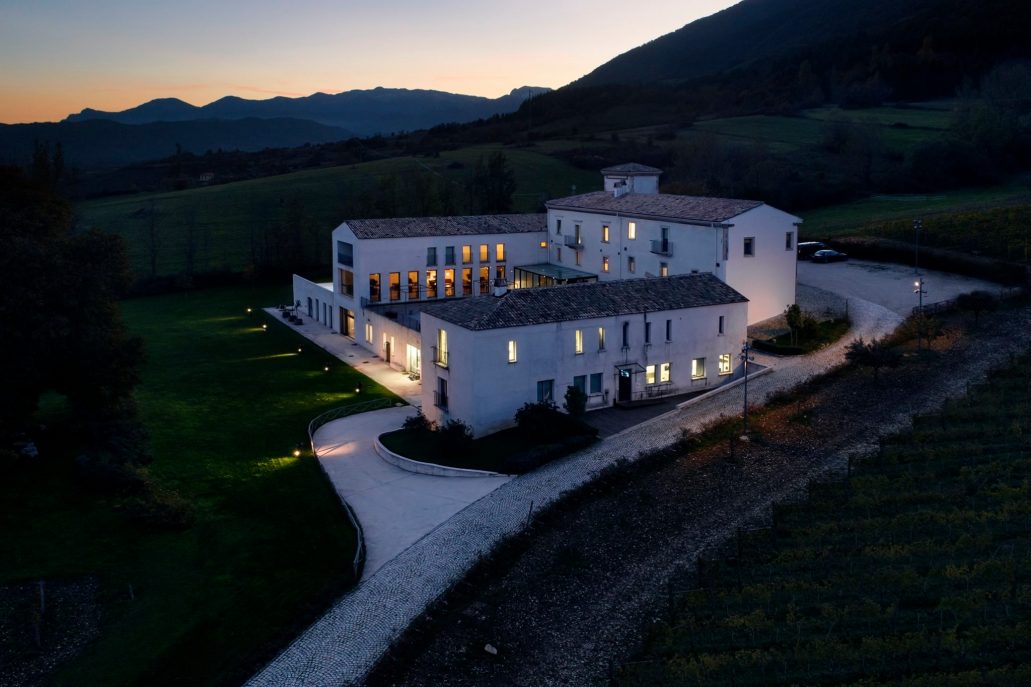
Contrada Piana Santa Liberata, Castel di Sangro
In Castel di Sangro, a little town of 6 thousand inhabitants, in a former 16th-century convent, chef Niko Romito proposes a new idea, personal and original cuisine. It is a creative haute cuisine in a refined and design environment, with walls white and timeless furnishings, antique sideboards and hand-made iron furniture.
The cuisine is that of Abruzzo; everything that is designed and served is local both in the ingredients and in the recipes, yet completely new in tastes and sometimes even in the methods of preparation, such as the traditional grilled lamb and potatoes, or sheep ricotta ravioli.
Then we have the semolina fettuccelle with red prawns and pink pepper; cauliflower au gratin; liquorice and wine vinegar granita, white chocolate and balsamic vinegar; peaty beef and potatoes; cod and chard; tortelli with chicken; turnip top and goat cheese; rice with potatoes and black pepper. The restaurant is completed by a garden of aromatic and spontaneous herbs, the orchard, and the experimental vineyard.
Villa Crespi
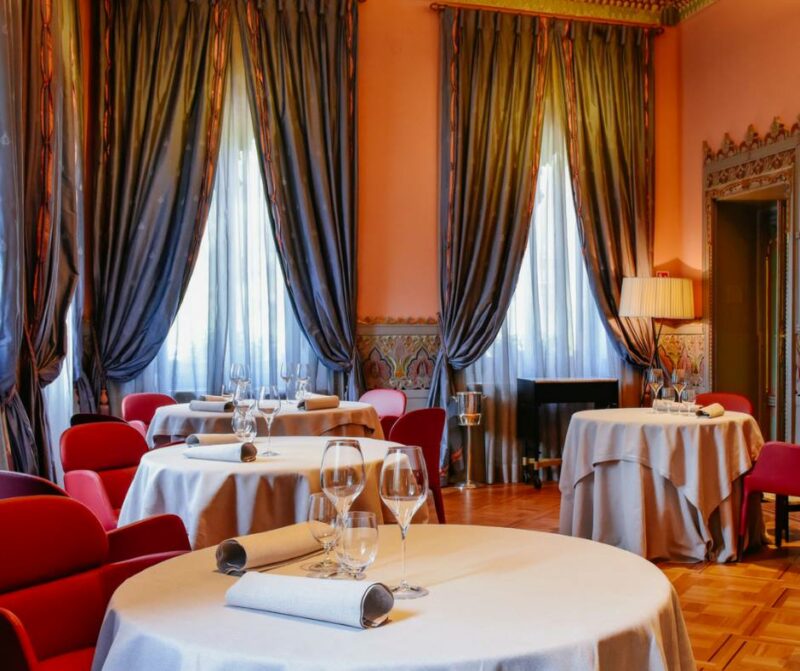
Via Giuseppe Fava 18, Orta San Giulio
Villa Crespi, a historic residence in Moorish style dating back to the late nineteenth century, stands on the banks of the romantic lake of Orta in Piedmont.
Today it houses the two stars Michelin restaurant led by Chef Antonino Cannavacciuolo, giving life to an intimate and luxurious environment under the banner of hospitality and excellence. A small architectural jewel with three restaurant rooms and an enchanting veranda with a suggestive view of the centuries-old park inside.
The restaurant always offers surprising cuisine characterized by high-quality raw materials in a harmonious fusion of past and present.
Among the dishes, there are: duck plin, foie gras soup, buffalo milk, and raspberry; suckling pig, sweet and sour vegetables, and Kimchi sauce; Carnaroli rice, kidney, butter, sage and blueberry; spaghetti with saffron, sea urchins, crunchy quinoa; tagliatelle with beans, mussels, and cod tripe. And for dessert: honey, aloe vera and pollen; raspberry and horseradish. The restaurant’s cellar also boasts 1,800 labels, including classic and contemporary wines.
Read Also :

